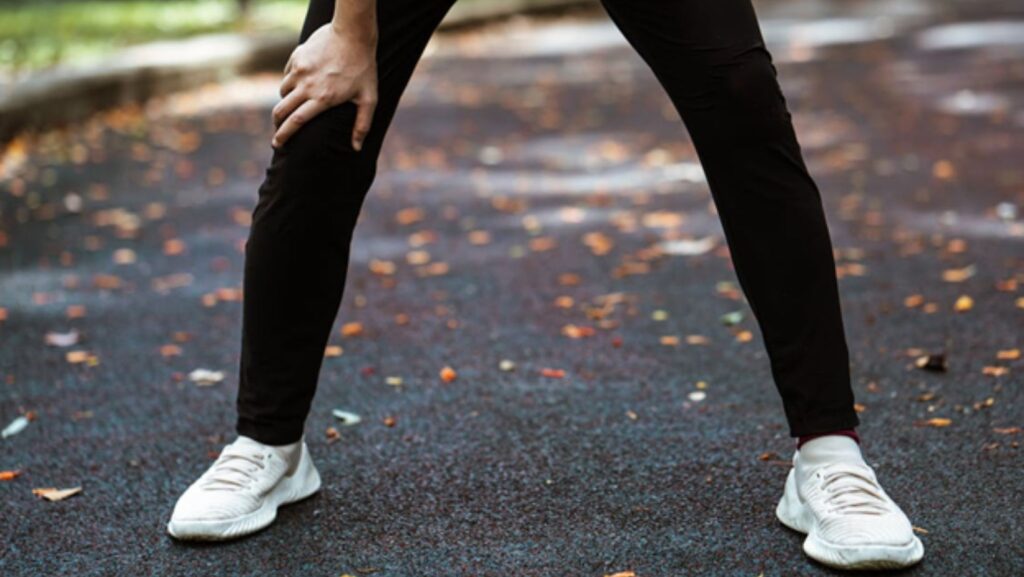Maintaining good vein health is crucial for overall well-being. Our veins play a vital role in transporting blood back to the heart, and when they aren’t functioning correctly, it can lead to various issues, including varicose veins. For those experiencing symptoms or looking to prevent them, understanding the Varicose Veins: Causes, Symptoms, and Treatment is essential. Regular exercise is one of the most effective ways to promote vein health. This article will explore the many benefits of exercise for vein health and provide insights into the best practices for incorporating physical activity into your daily routine.
How Exercise Promotes Vein Health
There are several reasons why exercise is an excellent tool for enhancing the health of veins. Firstly, it enhances the flow of blood, which is crucial in avoiding stagnation in the veins, which leads to the formation of varicose veins. During exercise, there is increased heart rate; muscle contraction helps to move the blood in the right direction towards the heart. This relieves the pressure on veins and prevents them from developing into varicose veins or twisting.
Further, it assists in preventing obesity, a common health risk among Americans. Obesity places more stress on one’s veins, especially those in the lower limbs or legs. Keeping one’s weight down also helps reduce pressure on the veins, making it easy to avoid varicose veins. For individuals already experiencing vein-related issues, consulting Varicose Vein specialists can provide targeted treatment options and expert guidance on improving vein health.
The second advantage of exercising is that it helps build muscles in the calf area. The calf muscles also help the blood return to the heart in the process of circulation. When they are strong, these muscles function as pumps, propelling the blood through the veins. The calf muscles help push blood back to the heart, and movements that engage the calves, like walking, running, and cycling, can help enhance vein health.
Exercises Regarded to Help in Improving Vein Health
This implies that not all exercises are helpful for vein health since there is a difference between healthy exercises and vein-damaging exercises. Some activities, such as increasing circulation and toning the muscles, help veins function properly, while others do not.

Walking, jogging, swimming, cycling, and other cardiovascular or aerobic workouts and activities are particularly good for veins. These activities help pump blood and circulate blood throughout the system. Walking is one of the most beneficial exercises for the lower limbs, especially for those who already have varicose veins or are predisposed to their formation. It is not a very strenuous exercise that requires little effort from the joints and can be practiced anywhere.
Another essential aspect that people with vein issues should consider is strength training. Thus, increasing the muscle mass, specifically leg muscle mass, helps the muscles exert more force in pumping blood back to the heart. Leg lifts, calf raises, squats, and others can be highly beneficial to be included in your workouts.
Another element of vein care is the ability to bend one’s legs and do stretches. From Pilates to yoga, stretching exercises not only enhance flexibility but also boost circulation. These exercises assist in reducing tension in the muscles to discourage the accumulation of blood in veins.
Practical Tips for Incorporating Exercise into Your Daily Routine
It is not always easy to start exercising and adhere to a consistent regimen, particularly for a person with work and family responsibilities or health issues. However, slight modifications in other activities can significantly boost physical activity levels.
It is helpful to start with proper objectives and goals in mind. If you are an absolute beginner, the workouts should not last long, and as you progress, you should add more time to your exercise routine. The goal for exercise should be at least 30 minutes of moderate physical activity on most days of the week. If the class is unable to complete a session in one setting, it can be offered in several sessions.

Engage in some of the things you like doing. It should not be a task assigned to you, and you must do it despite your feelings. No matter which type of exercise it is- dancing, gardening, or playing a sport – do what you enjoy and get your heart rate up.
Be more active during the day and engage in activities that involve movements. Walk up the stairs rather than using the escalators, move your car a little further from the parking lot, or try to walk for at most 10 minutes every hour. These small changes can be accumulated and help promote the overall health of veins. For extra support, consider wearing 15-20 mmHg compression socks during these daily activities to improve blood flow and reduce the risk of swelling or fatigue.
Listen to your body. If you experience pain or discomfort while exercising, please stop and contact your healthcare provider. It is necessary to select the types of exercises that are permissible for a person’s level and potential chronic illnesses.
Conclusion
One of the most significant interventions that an individual can take to support healthy veins or those that have been affected is exercise. This means that a person should ensure that they take a lot of water, maintain a reasonable body weight, and exercise regularly so that the muscles that work the veins can be strengthened since they help to pump blood against gravity and also reduce the chances of developing varicose veins and other vein problems. Aerobic exercises, strength training, and flexibility exercises that form part of aerobics, as well as weight lifting and stretching activities, offer comprehensive benefits to veins.

